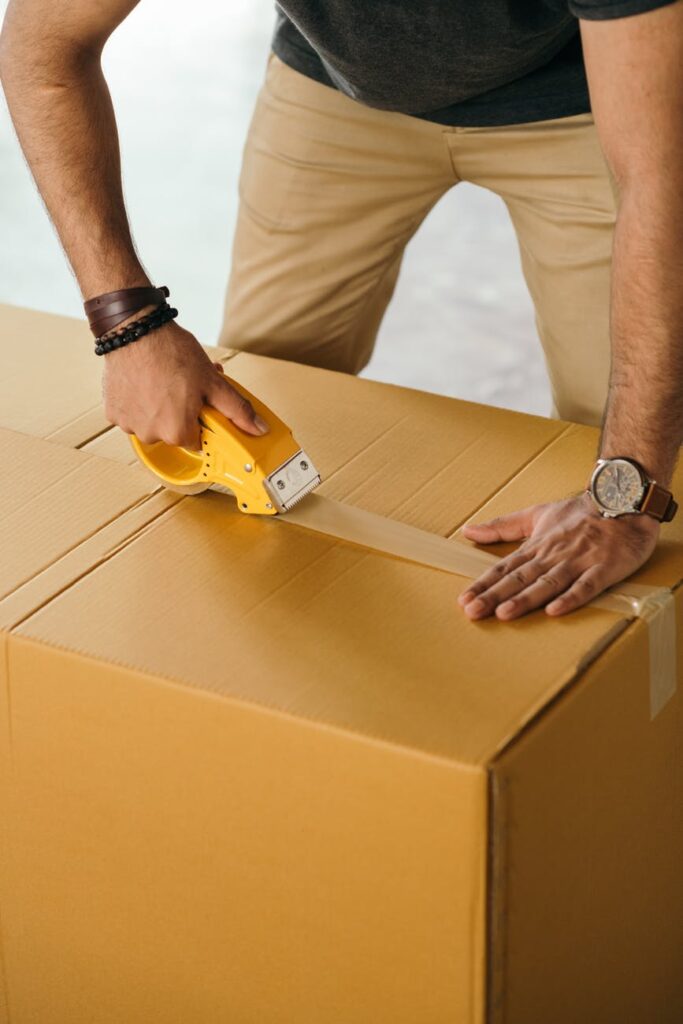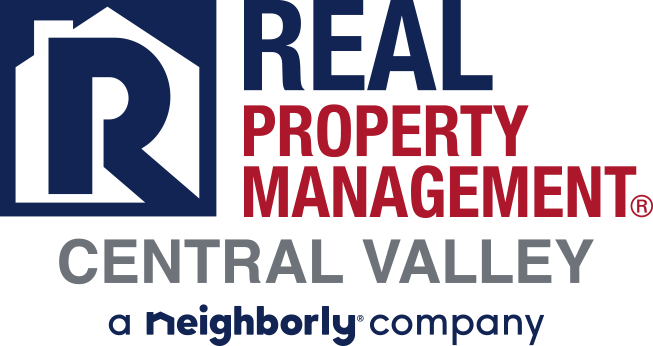Tips for refining your tenant move out process

One of the most common things that landlords have to deal with his tenant move out.
Sadly, for many landlords, the process of tenant move out to be a hassle but it doesn’t have to be.
Thankfully, with this step-by-step process, you could simplify tenant move out and handled them quickly and efficiently.
1. Encourage Two-Way Tenant Communication Early On
In the previous post, we discussed specific steps you should take at 120, 90, 60, and 30 days to reach out to determine tenants’ renewal eligibility, their intent to renew, and then sign a new lease.
If they don’t intend to stay, or if they aren’t eligible for a renewal, it’s important to know that early, so you can list the property as soon as possible.
As a refresher, at 120 days, begin the process by looking at each tenant’s eligibility to renew. Keep a record of which tenants are and which ones are not. A software solution that lets you create custom fields for your renewal and termination processes will help you do just that.
At 90 days, determine rental owner intent, and at 60 days, communicate with tenants about their intent. Record all of that information in a scheduling system customized to your process.
To make communication quick and easy, give tenants (and rental owners) the option to communicate their preference to renew the lease through a tenant portal with the click of a button if you prefer.
2. Leverage Tenant Referrals
If a tenant decides to move out, there’s still room to turn the loss into an opportunity. By referring them to another property or broker, you’re still able to generate revenue for your business in the case they’d like to rent or purchase another property outside of your portfolio.
Keep a record of all tenants referred to you, so you can call up their name when they decide to move out. If they were referred to you, you can send them back to that particular broker if you prefer.
While this won’t generate a referral fee, it still strengthens the relationship you have with your network of agents and brokers along with the likelihood of future referrals. In a software solution such as Propertyware, you can track all of your referrals more closely in the Move-Out Dashboard.
3. Organize the Lease Termination Process
If you’re terminating a lease for reasons other than expiration, you know that local laws will generally dictate the process you must follow to be compliant. States and jurisdictions have different laws concerning when and how to notify tenants of a lease termination.
Most notices of nonrenewal have to be sent within a certain period of time. To that effect, having an automated email process can help you comply with the law. If you have several notices of nonrenewal to send out at once, try setting up a mail merge to complement your digital communication.
Again, just make sure your lawyer approves them before you start using them.
If your tenant wishes to end the lease, a tenant portal can provide an easy way for them to trigger a notice to vacate. It can include fields that capture move-out date, date of notice, forwarding address, and reason for leaving.
Once the move-out procedures are triggered, use the portal to follow up with tenants and rental owners on key dates and actions that have to be taken.
4. Get Ahead of Move-Out Prep
Once a tenant has been given a move-out date, it’s time to start prepping for turnover. There are four main areas in the move-out prep process where property managers can find efficiencies: inspection, maintenance, utilities, and follow-up.
Inspection
Using a mobile inspection app, you’ll want to conduct a pre-move-out inspection. A mobile inspection will allow you to record any damages in real time and then generate reports for tenants and rental owners once the inspection is completed—and can sync with your property management software.
Tenants can use their report to repair damage ahead of their move-out date. That gives them the opportunity to get their full deposit back and avoids any last-minute surprises from their perspective.
You’ll also want to provide the report to rental owners so that they’re aware of any damage and can approve funds for mandatory and recommended repairs.
Finally, you can use the inspection report to assess the marketability of the home, so you can take the right actions to get it on the market as soon as possible. This also could be the perfect opportunity to recommend a renovation that will help maximize property rents.
Maintenance
With your inspection report in hand and a move-out date set, you can start notifying maintenance crews and vendors about tasks on upcoming vacancies. First, you’ll want to make sure that you pause or adjust any maintenance that’s planned given the timing of the move-out. Additionally, it’s a good chance to make sure that you have the funds to cover the estimated turnover expenses.
Through Propertyware’s exclusive vendor app, vendors can be notified of upcoming work and then record when work begins and ends. Invoices can also be uploaded directly into the vendor portal.
Follow-Up
Finally, use a tenant and owner portal to follow up with all parties. Communicate inspection, maintenance, and move-out dates, and keep rental owners in the loop about needed repairs and tenant turnover.
5. Take Possession of the Property Judiciously
When a tenant is ready to move out, both the property manager and a tenant may have to sign a written agreement stating that the tenant is turning over possession, and the property manager is accepting it. In some states, however, simply handing over the keys is enough to constitute surrendering the home.
If a formal agreement is needed, this is another opportunity to create and store a template (with your lawyer’s okay) that you can send to your tenant to sign.
When it comes time to collect keys, remotes, and other devices for the home, use a tracking system within your software solution to ensure everything is collected at the time of move-out. Provide tenants with a move-out envelope, which they can use to deposit all items connected to the home.
If you haven’t already, use your property management software to start the inspection process and mobilize staff and vendors to get the home ready to go on the market.
Contact RPM Central Valley
For more Property Management tips, or to speak with us about the services that we can offer you, contact us today by calling 209-572-2222 or click here to connect with us on line.
